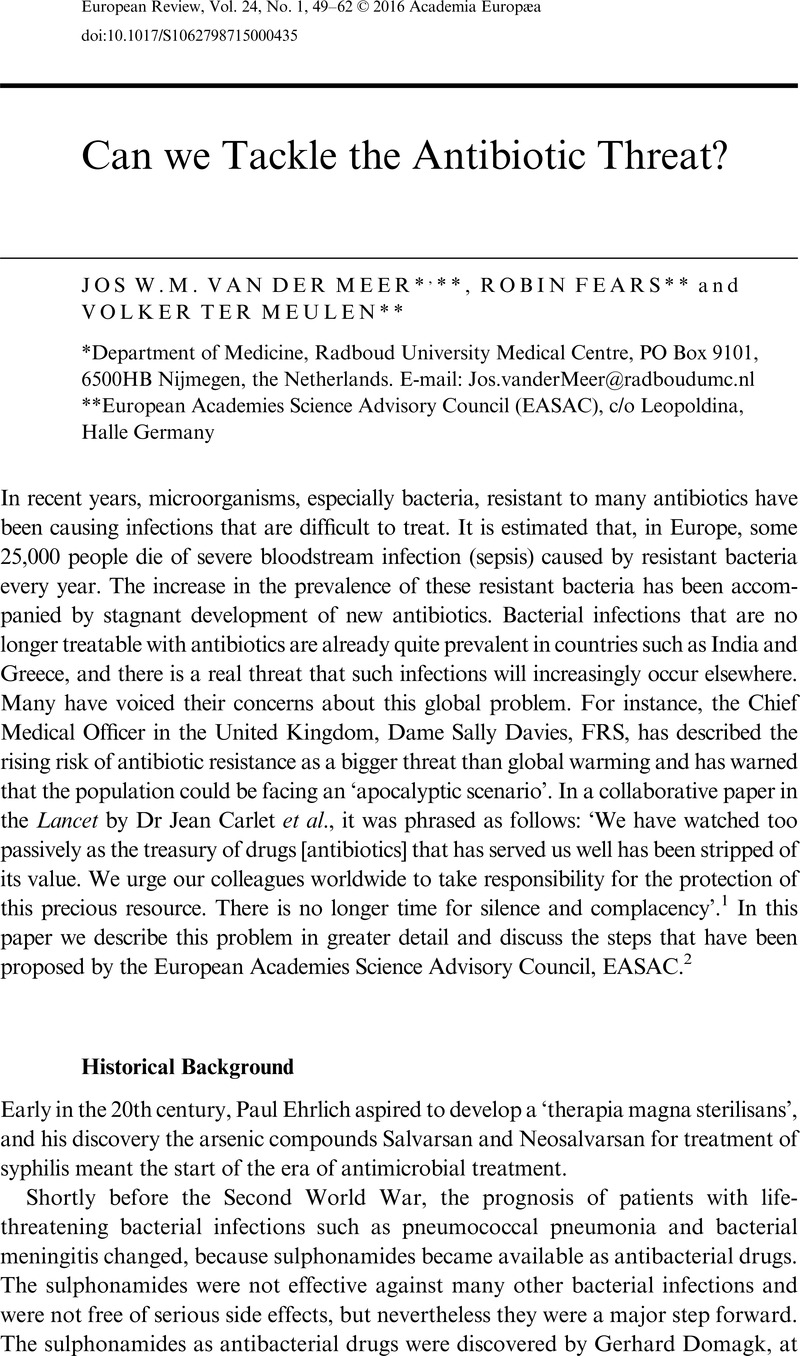Crossref Citations
This article has been cited by the following publications. This list is generated based on data provided by Crossref.
Kuroki, Agnès
Sangwan, Parveen
Qu, Yue
Peltier, Raoul
Sanchez-Cano, Carlos
Moat, John
Dowson, Christopher G.
Williams, Elizabeth G. L.
Locock, Katherine E. S.
Hartlieb, Matthias
and
Perrier, Sébastien
2017.
Sequence Control as a Powerful Tool for Improving the Selectivity of Antimicrobial Polymers.
ACS Applied Materials & Interfaces,
Vol. 9,
Issue. 46,
p.
40117.
Yang, Lirong
Yergeshov, Abdulla A.
Al-Thaher, Yazan
Avdokushina, Svetlana
Statsenko, Evgeny
Abdullin, Timur I.
and
Prokopovich, Polina
2023.
Nanocomposite orthopaedic bone cement combining long-acting dual antimicrobial drugs.
Biomaterials Advances,
Vol. 153,
Issue. ,
p.
213538.





